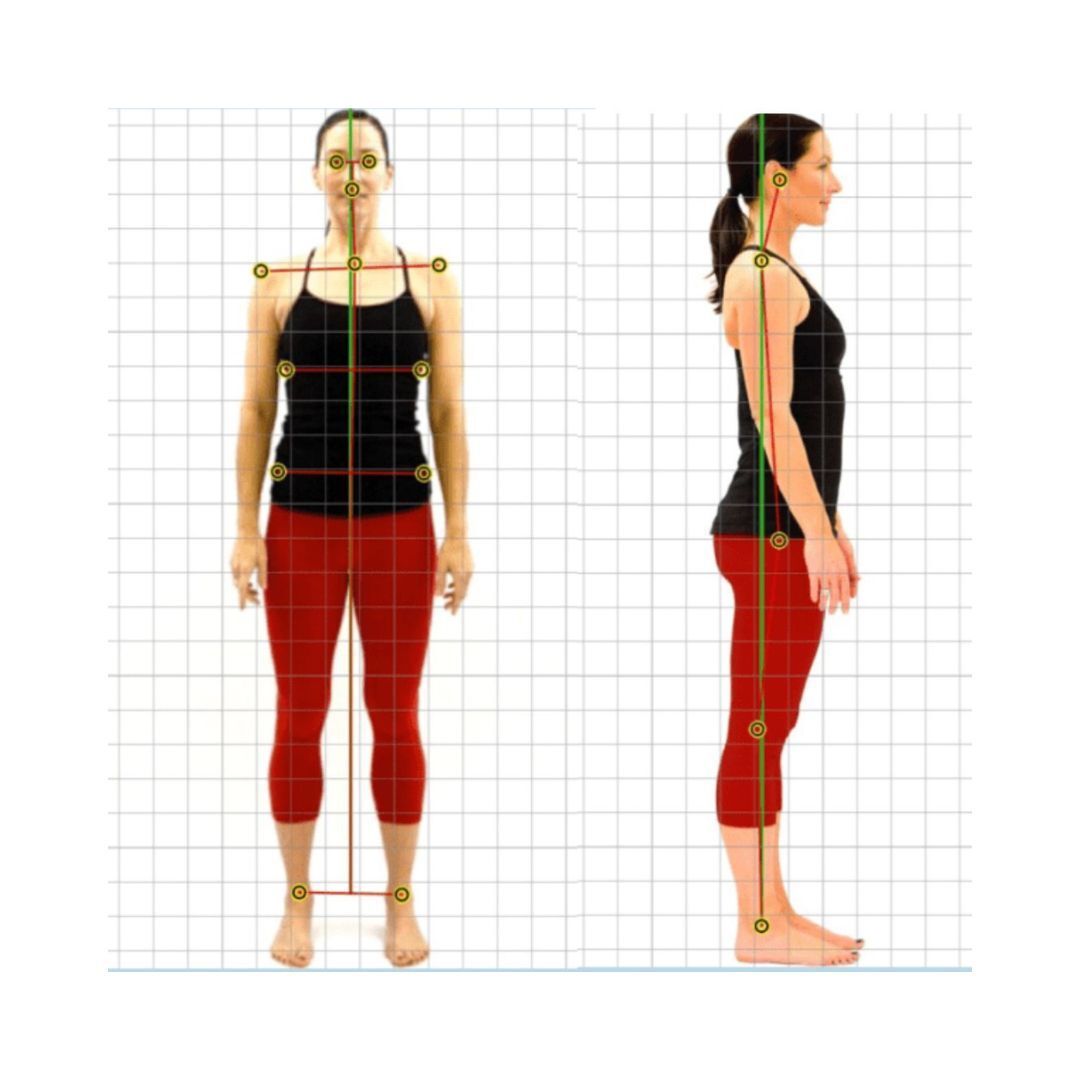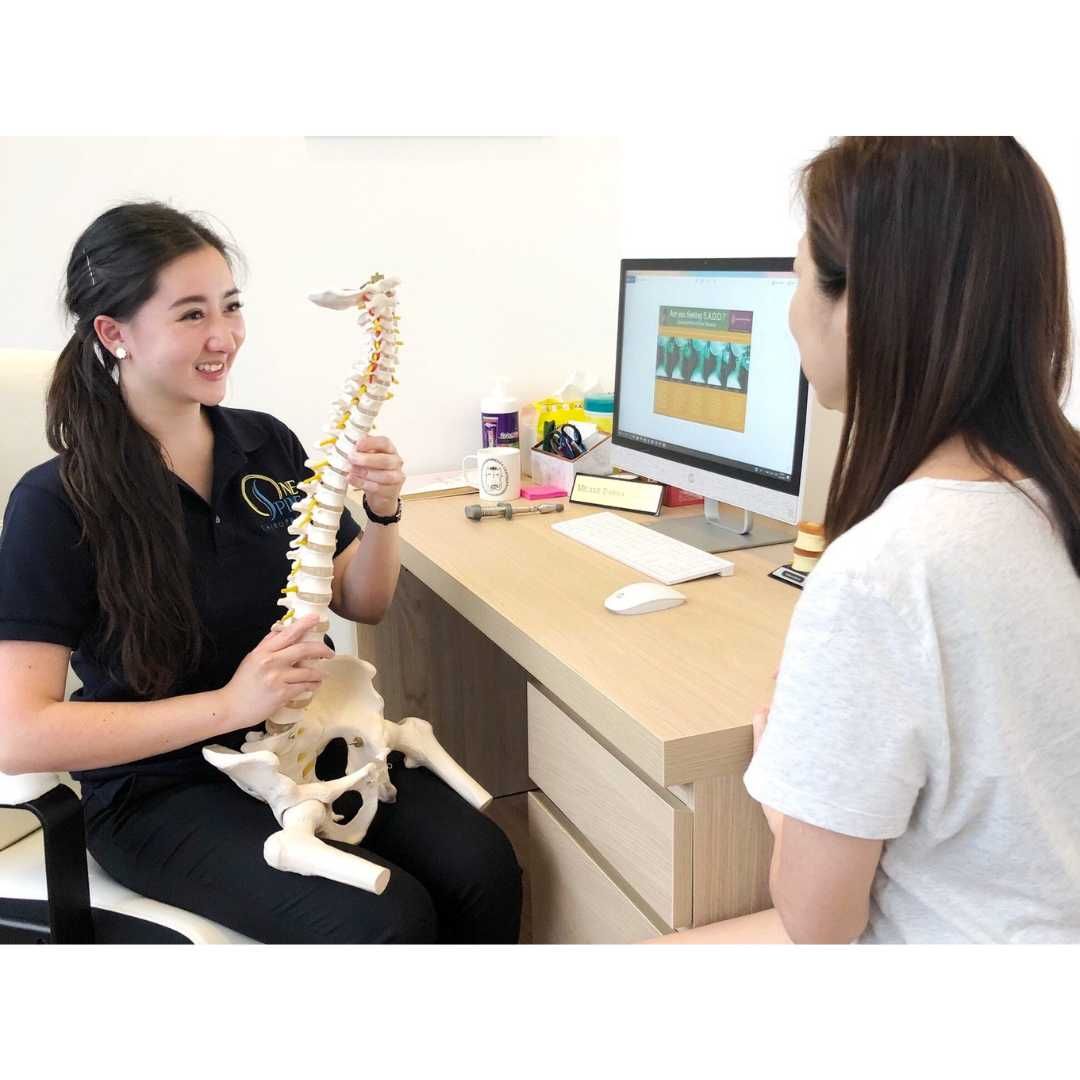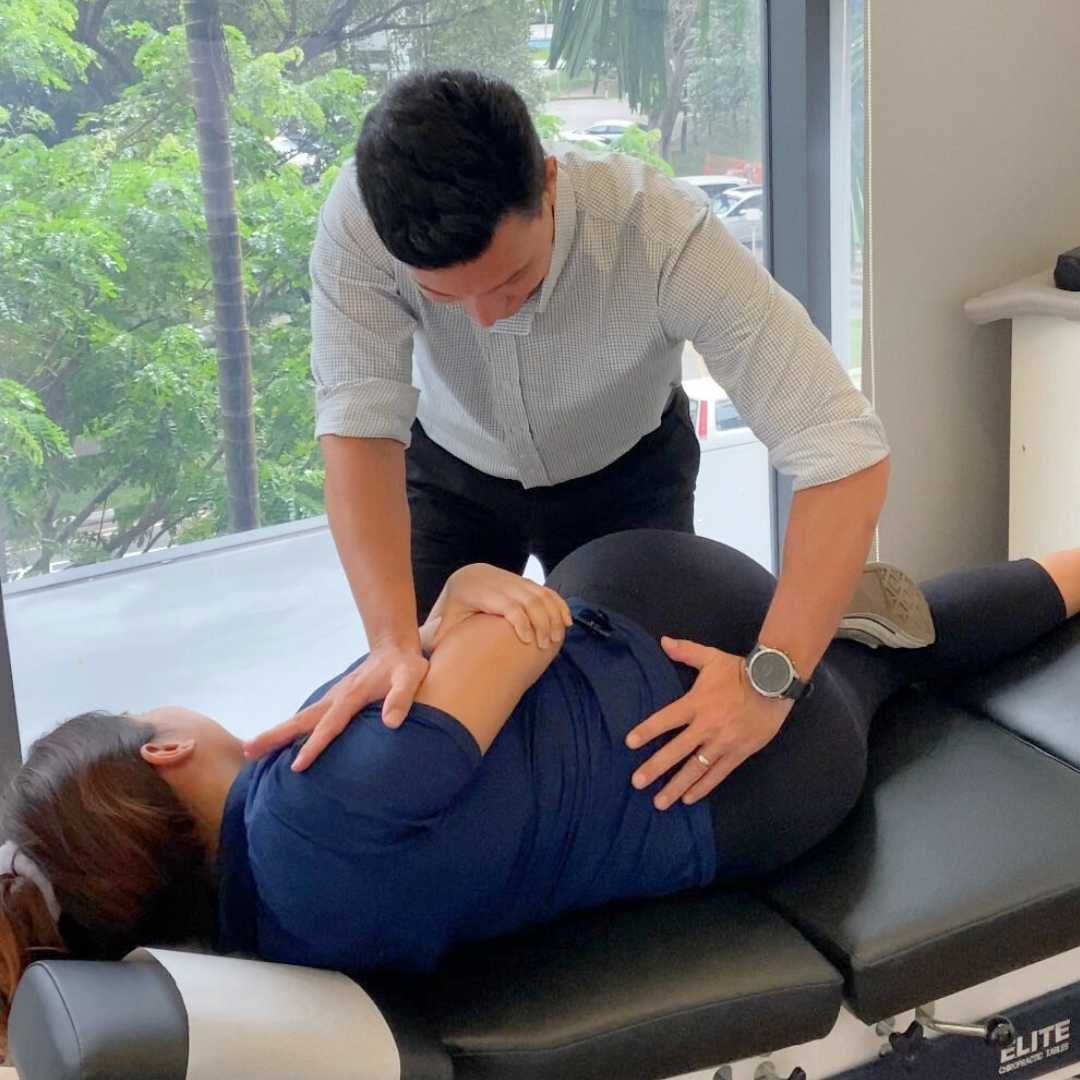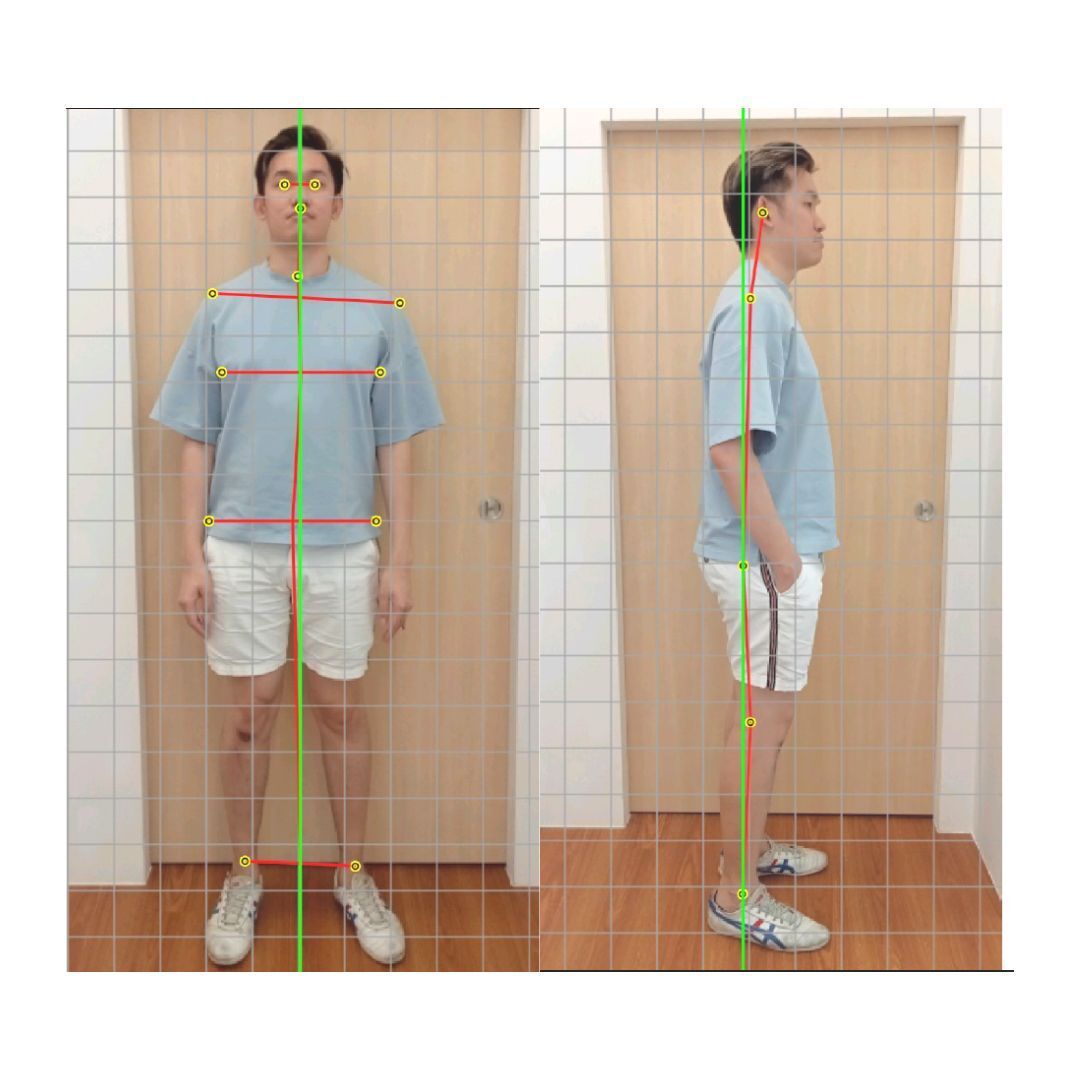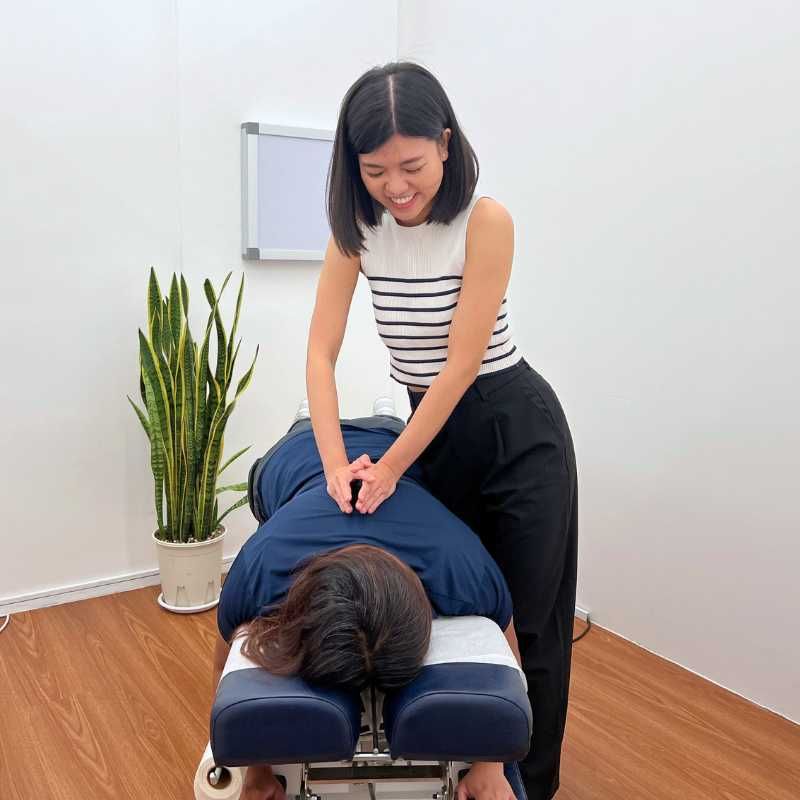Optimal Standing Desk Use: Chiropractor Tips for Posture and Spinal Health
The popularity of standing desks has grown as more people recognise the health risks associated with prolonged sitting. Sitting for long periods can lead to a range of health problems, including poor posture, back pain, and even cardiovascular issues.
At One Spine Chiropractic, our experienced chiropractors provide consultations for patients dealing with posture-related pain. We offer personalised advice on using a standing desk effectively to support spinal health and improve overall well-being.
The Case for Standing Desks
Excessive sitting and prolonged sitting have been linked to a range of health problems, including bulging discs, diabetes, and varicose veins.
Sitting for many hours weakens the muscles, reduces blood flow, and can lead to poor posture, putting pressure on the spine, hips, and joints. Standing desks encourage physical activity and offer various ways to combat these issues by promoting movement, which improves blood circulation and helps burn more calories, supporting general health and productivity. Standing desks can:
- Improve posture by supporting a neutral position for the body
- Increase calorie burning, which benefits general health and weight management
- Promote better blood flow, reducing risks associated with diabetes and varicose veins
- Decrease back pain and other discomforts associated with sitting for long hours
While the benefits of using a standing desk are significant, standing for long periods also presents challenges. It’s essential to alternate between sitting and standing throughout the workday to prevent strain on the legs, feet, and spine.

Proper Setup and Ergonomics for Standing Desks
Proper ergonomics are essential for getting the most health benefits from a standing desk. A good setup can help reduce neck and back pain while enhancing productivity. Choose a height-adjustable desk that lets you alternate between sitting and standing, supporting good posture and overall health. Look for a stable frame to prevent tipping during adjustments, and consult with a chiropractic clinic if you need expert guidance on ergonomic options.
Follow these tips for an effective setup:
- Adjust the desk height so that your computer monitor is at eye level, preventing neck strain and encouraging a neutral position.
- Place your keyboard and mouse so your elbows are at a 90-degree angle.
- Stand with feet flat on the ground, hip-width apart, and keep shoulders relaxed.
- Maintain a neutral position, avoiding the urge to lean forward or backward, which places pressure on the spine.
- Consider an anti-fatigue mat to prevent foot pain and discomfort from standing on hard surfaces for long hours. These mats cushion the feet and legs, reduce strain, promote subtle movement, and improve blood circulation, taking pressure off the joints.
For individuals with specific postural concerns, such as forward head posture or lumbar issues, our chiropractors can provide tailored advice on standing desk adjustments and recommend exercises to support spinal alignment. These chiropractic insights help maintain proper alignment and reduce the risk of discomfort over time.
Balanced Use of Standing Desks
Though standing desks offer numerous health benefits, prolonged standing can lead to issues like joint discomfort, varicose veins, and muscle fatigue. Alternating between sitting and standing during the workday is essential to reduce the strain on your body and allow it to adjust gradually.
- Start standing for shorter periods, then gradually increase to longer periods as your body adjusts. A good starting point is alternating every hour or so
- Use comfortable footwear to absorb shock and provide proper support, reducing strain on joints and muscles
- Take regular breaks to walk and stretch, enhancing blood flow and reducing muscle tension
- Engage in light physical activity, such as short stretches, to relieve pressure on the hips, back, and legs
By easing into standing desk use and incorporating movement breaks, you can maximise productivity and avoid common pitfalls associated with prolonged standing and sitting.
Chiropractic Support for Standing Desk Users
At One Spine Chiropractic, we frequently treat patients who have transitioned to standing desks but experience back pain or neck discomfort due to poor posture or improper use.
Chiropractic care can help alleviate these issues, providing adjustments and tailored advice to enhance spinal health. By maintaining a well-aligned spine and balanced muscles, you can enjoy the health benefits of a standing desk without suffering from related pain.
Conclusion
Standing desks offer a great way to reduce the risks associated with sitting for long periods, but they must be used properly to avoid new discomforts. By following our chiropractic advice on setting up and using a standing desk, you can enjoy improved posture, better blood flow, and increased productivity.
One Spine Chiropractic Singapore is here to support you in maintaining spinal health and overall well-being. Book a consultation with our experienced team today to ensure you’re getting the most out of your standing desk setup and protecting your spine in the long term.
Book An Appointment Now
Stand Strong, Improve Your Health!
Support your posture and prevent pain with expert chiropractic advice at One Spine Chiropractic Singapore.
Book your consultation today and take the first step toward better spinal health!

